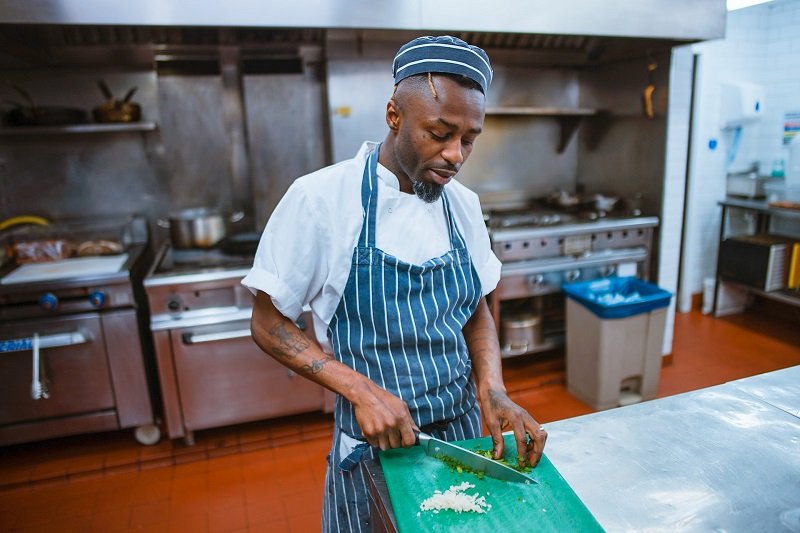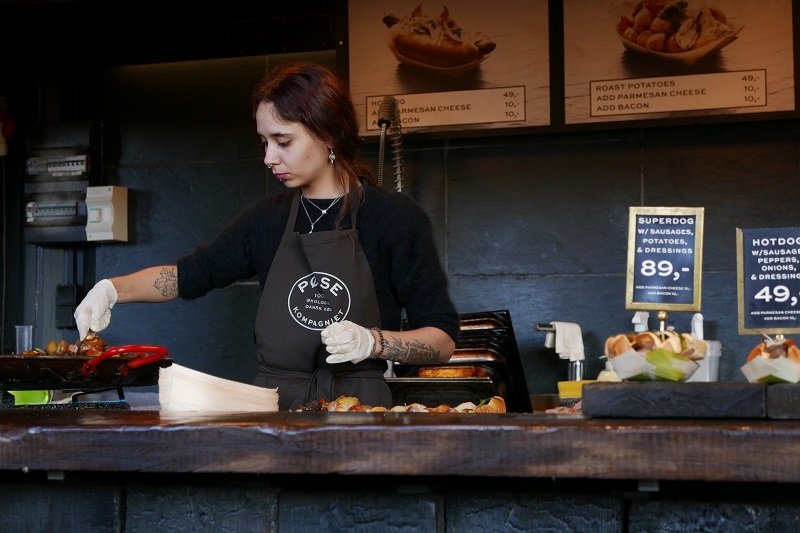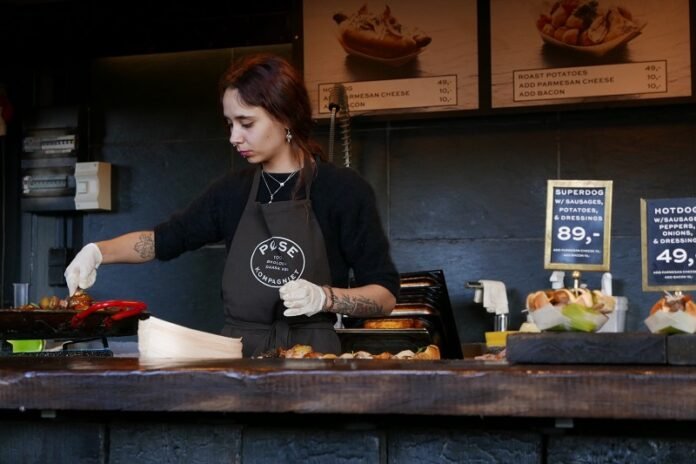Have you ever wondered why apron is important when you’re whipping up a hearty meal? Are you curious about the best ways to keep your clothes clean when baking a batch of scones—or perhaps preparing a grand Sunday roast for your family? If you’ve ever found yourself in a sticky situation with splashes of sauce or flour dust coating your favourite shirt, then you’re in the right place.
Table of Contents
The Role Of A Cooking Apron In The Kitchen

Cooking aprons might look simply, but they provide so much more than meets the eye. They serve as a reliable barrier between your clothing and the inevitable splatters of sauces, oils, and other ingredients that make their way off the spoon and onto your outfit. Plus, aprons often help you maintain a sense of professionalism in the kitchen, especially in commercial settings across Australia.
Beyond basic protection, an apron also acts as a style statement. There’s something special about tying on a crisp and pretty white apron before diving into a baking session. It instantly gives you the vibe of a dedicated home chef who takes cleanliness and presentation seriously. From light, airy linen designs to cotton-blend waist aprons with pockets, the role of an apron in your cooking zone is about more than just cleanliness; it’s also about enhancing your overall cooking experience.
Why Is It Important To Wear An Apron While Cooking?
If you’ve ever asked yourself, “Why is it important to wear an apron while cooking?” you’re definitely not alone. One of the central reasons is protection. No matter how cautious you are, cooking typically involves a combination of sizzling pans, steaming pots, and splashes from kitchen implements. The right apron solves this immediately by shielding you from excessive mess and minor accidents.
Aprons also provide a dedicated layer of hygiene. When you step into the kitchen, your clothes might carry dust, pet hair, or other debris from everyday life. Wearing an apron means you reduce the risk of transferring any unwanted elements into your meal. Furthermore, if you frequently entertain guests at home, you’ll appreciate the professional vibe that an apron brings—especially if it’s a black waist apron or a chef waist apron that gives you that sleek, modern look. Some professionals even recommend having separate aprons for meat, baking, and other cooking tasks to uphold cleanliness and food safety standards.
Apron Uses In The Kitchen
Aprons go far beyond simply preventing sauce stains on your clothes. Ask any experienced cook about apron uses in kitchen routines, and they’ll likely mention convenience, confidence, and quick access to items you might keep in the apron’s pockets. It’s one of those pieces of kitchen wear that simply gets the job done without you having to fuss over it.
Another overlooked benefit is how it helps keep you organised. If you opt for a long waist apron with pockets, you can store recipe cards, tasting spoons, or even your phone for quick reference to online recipes. This arrangement is particularly useful if you’re juggling multiple steps—like having a tray in the oven while stirring a sauce on the hob. By having everything you need within arm’s reach, you minimise time spent searching for that elusive spatula.
Baking And Messy Tasks
When it’s baking day, you know the flour, sugar, and batter can go flying at any moment. That’s where a long, full-coverage apron comes in handy. Whether you’re kneading dough, shaping biscuits, or mixing cake batter, a full apron keeps flour from coating every inch of your outfit. Pair that with a few pockets for your measuring spoons, and you’ve got a winning formula.
Messy tasks aren’t limited to sweets, of course. Making homemade tomato sauce, marinating meats for a barbecue, or prepping battered fish can all leave their mark. This is where that heavier-duty apron steps up to the plate. If you’re someone who loves to experiment with relish, pickling, or jam-making, having a sturdy apron is a must. After all, you don’t want your new shirt ruined by a stray drop of boiling jam.
Exploring Different Types Of Aprons

Aprons come in numerous designs, materials, and functionalities. Some people love the simplicity of a white waist apron near me, while others might want patterned options for a bit of kitchen flair. Your choice boils down to your cooking style: do you need quick coverage during a busy shift in a restaurant, or do you prefer soft cotton for a relaxed Sunday baking session?
In Australia, you’ll find almost too many apron types to count. Classic bib aprons cover the torso, tying around your neck and waist. Waist aprons, on the other hand, secure around your waist and cover just the lower portion of your body. If you’re often shifting heavy pans or leaning over a bench, you might prefer the generous coverage a bib apron provides. Conversely, if you’re mostly stationed behind the counter or dealing with tasks like plating and serving, a waist apron might be enough.
Half Apron Vs. Full Apron
One big decision is deciding between a half apron—often referred to as a waist apron—and a full apron. A half apron covers the lower waist and legs, leaving the torso free. This style is popular among baristas, waiters, and home cooks who don’t necessarily need upper-body protection. You’ll often see these referred to as chef works waist aprons in professional circles.
A full apron, known for covering the chest down to the knees, is more suitable for tasks where spills could come at you from every angle. If you’re an enthusiastic stir-fryer or love a good splatter of sauce to add flavour, a full apron can be the safer bet. Plus, for messy baking tasks or cooking with oils and sauces, the dense coverage can save you from multiple wardrobe changes during a single session.
Conclusion
Summing up, aprons are more than just a piece of cloth; they’re a vital accessory for anyone who enjoys cooking—or works in food service. They solve practical problems like keeping your clothing safe from splatters and spills. They also contribute to food hygiene by blocking all those everyday dust particles and bits of fluff from making an unplanned cameo in your recipes. And let’s not forget they can bump up that professional look, whether you’re plating up in a bustling restaurant or showcasing your culinary creations at home.








